苯基三乙氧基硅烷 ,Phenyltriethoxysilane ,98%
产品编号:SIGMA-175609| CAS NO:780-69-8| 分子式:C12H20O3Si| 分子量:240.3709
本网站销售的所有产品仅用于工业应用或者科学研究等非医疗目的,不可用于人类或动物的临床诊断或者治疗,非药用,非食用,
| 产品名称 | 苯基三乙氧基硅烷 |
|---|---|
| 英文名称 | Phenyltriethoxysilane |
| CAS编号 | 780-69-8 |
| 产品熔点 | <-50ºC |
| 产品沸点 | 236.5±0.0 °C at 760 mmHg |
| 产品密度 | 1.0±0.1 g/cm3 |
| 产品闪点 | 102.5±26.2 °C |
| 精确质量 | 240.118164 |
| PSA | 27.69000 |
| LogP | 2.99 |
| 外观性状 | 无色透明液体 |
| 蒸气压 | 0.1±0.4 mmHg at 25°C |
| 折射率 | 1.475 |
| 溶解性 | insoluble |
| 稳定性 | 常温常压下稳定,避免强氧化剂 水分接触 |
| 储存条件 | 储存在干爽的惰性气体下,保持容器密封,储存在阴凉,干燥的地方 |
相关文档
化学品安全说明书(MSDS)
下载MSDS质检证书(COA)
相关产品
| 符号 |
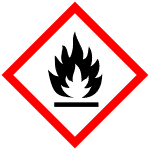
GHS02 |
|---|---|
| 信号词 | Warning |
| 危害声明 | H226 |
| 个人防护装备 | Eyeshields;Faceshields;full-face respirator (US);Gloves;multi-purpose combination respirator cartridge (US);type ABEK (EN14387) respirator filter |
| 危害码 (欧洲) | Xn:Harmful; |
| 风险声明 (欧洲) | R10;R21 |
| 安全声明 (欧洲) | S37/39-S26-S16-S24/25 |
| 危险品运输编码 | UN 1993 3/PG 3 |
| WGK德国 | 3 |
| RTECS号 | VV4900000 |
| 包装等级 | III |
| 危险类别 | 3.2 |
| 海关编码 | 29310095 |
Synonym:Triethoxyphenylsilane Section 2 - COMPOSITION, INFORMATION ON INGREDIENTS
Risk Phrases: 10 21 Section 3 - HAZARDS IDENTIFICATION EMERGENCY OVERVIEW
Flammable. Harmful in contact with skin. Potential Health Effects Eye: Causes eye irritation. Skin: Causes skin irritation. Ingestion: May cause gastrointestinal irritation with nausea, vomiting and diarrhea. Ingestion of large amounts may cause CNS depression. Inhalation: Causes respiratory tract irritation. Chronic: Ethanol is mainly metabolized in the liver, which is also one of the primary target organs. While ethanol is well known to cause cirrhosis of the liver in alcoholics, liver cirrhosis has also been produced in rabbits exposed by inhalation. Section 4 - FIRST AID MEASURES Eyes: Immediately flush eyes with plenty of water for at least 15 minutes, occasionally lifting the upper and lower eyelids. Get medical aid. Skin: Get medical aid. Flush skin with plenty of water for at least 15 minutes while removing contaminated clothing and shoes. Wash clothing before reuse. Ingestion: If victim is conscious and alert, give 2-4 cupfuls of milk or water. Never give anything by mouth to an unconscious person. Get medical aid. Get medical aid immediately. Do NOT induce vomiting. If conscious and alert, rinse mouth and drink 2-4 cupfuls of milk or water. Inhalation: Remove from exposure and move to fresh air immediately. If not breathing, give artificial respiration. If breathing is difficult, give oxygen. Get medical aid. Notes to Physician: Treat symptomatically and supportively. Section 5 - FIRE FIGHTING MEASURES General Information: As in any fire, wear a self-contained breathing apparatus in pressure-demand, MSHA/NIOSH (approved or equivalent), and full protective gear. Vapors may form an explosive mixture with air. Vapors can travel to a source of ignition and flash back. During a fire, irritating and highly toxic gases may be generated by thermal decomposition or combustion. Flammable liquid and vapor. Vapors may be heavier than air. They can spread along the ground and collect in low or confined areas. Contact with water liberates highly flammable gases. Extinguishing Media: Use carbon dioxide or dry chemical. Do NOT get water inside containers. Section 6 - ACCIDENTAL RELEASE MEASURES General Information: Use proper personal protective equipment as indicated in Section 8. Spills/Leaks: Absorb spill with inert material (e.g. vermiculite, sand or earth), then place in suitable container. Clean up spills immediately, observing precautions in the Protective Equipment section. Remove all sources of ignition. Use a spark-proof tool. Provide ventilation. Do not get water inside containers. A vapor suppressing foam may be used to reduce vapors. Section 7 - HANDLING and STORAGE Handling: Ground and bond containers when transferring material. Use spark-proof tools and explosion proof equipment. Avoid contact with eyes, skin, and clothing. Empty containers retain product residue, (liquid and/or vapor), and can be dangerous. Keep container tightly closed. Keep away from heat, sparks and flame. Avoid ingestion and inhalation. Use with adequate ventilation. Do not allow contact with water. Wash clothing before reuse. Do not pressurize, cut, weld, braze, solder, drill, grind, or expose empty containers to heat, sparks or open flames. Keep from contact with moist air and steam. Storage: Keep away from heat, sparks, and flame. Keep away from sources of ignition. Store in a tightly closed container. Store in a cool, dry, well-ventilated area away from incompatible substances. Flammables-area. Store protected from moisture. Section 8 - EXPOSURE CONTROLS, PERSONAL PROTECTION Engineering Controls: Facilities storing or utilizing this material should be equipped with an eyewash facility and a safety shower. Use adequate general or local explosion-proof ventilation to keep airborne levels to acceptable levels. Exposure Limits CAS# 780-69-8: Personal Protective Equipment Eyes: Wear chemical splash goggles. Skin: Wear appropriate protective gloves to prevent skin exposure. Clothing: Wear appropriate protective clothing to prevent skin exposure. Respirators: A respiratory protection program that meets OSHA's 29 CFR 1910.134 and ANSI Z88.2 requirements or European Standard EN 149 must be followed whenever workplace conditions warrant respirator use. Wear a NIOSH/MSHA or European Standard EN 149 approved full-facepiece airline respirator in the positive pressure mode with emergency escape provisions. Section 9 - PHYSICAL AND CHEMICAL PROPERTIES Physical State: Liquid Color: clear, colorless Odor: None reported. pH: Not available. Vapor Pressure: Not available. Viscosity: Not available. Boiling Point: 112-113 deg C @ 10 mm Hg Freezing/Melting Point: Not available. Autoignition Temperature: 265 deg C ( 509.00 deg F) Flash Point: 42 deg C ( 107.60 deg F) Explosion Limits, lower: Not available. Explosion Limits, upper: Not available. Decomposition Temperature: Solubility in water: Reacts. Specific Gravity/Density: .9900 g/ml Molecular Formula: C12H20O3Si Molecular Weight: 240.38 Section 10 - STABILITY AND REACTIVITY Chemical Stability: Stable at room temperature in closed containers under normal storage and handling conditions. Material generates ethanol on contact with water. Conditions to Avoid: Ignition sources, moisture, excess heat. Incompatibilities with Other Materials: Strong oxidizing agents, strong acids, water. Hazardous Decomposition Products: Carbon monoxide, carbon dioxide, silicon dioxide, ethanol. Hazardous Polymerization: Has not been reported. Section 11 - TOXICOLOGICAL INFORMATION RTECS#: CAS# 780-69-8: VV4900000 LD50/LC50: CAS# 780-69-8: Draize test, rabbit, eye: 500 mg/24H Mild; Draize test, rabbit, skin: 500 mg/24H Mild; Oral, rat: LD50 = 2830 uL/kg; Skin, rabbit: LD50 = 3180 uL/kg. Carcinogenicity: Phenyltriethoxysilane - Not listed by ACGIH, IARC, or NTP. Other: See actual entry in RTECS for complete information. Section 12 - ECOLOGICAL INFORMATION Section 13 - DISPOSAL CONSIDERATIONS Dispose of in a manner consistent with federal, state, and local regulations. Section 14 - TRANSPORT INFORMATION IATA Shipping Name: FLAMMABLE LIQUID, N.O.S.* Hazard Class: 3 UN Number: 1993 Packing Group: III IMO Shipping Name: FLAMMABLE LIQUID, N.O.S. Hazard Class: 3.3 UN Number: 1993 Packing Group: III RID/ADR Shipping Name: FLAMMABLE LIQUID, N.O.S. Hazard Class: 3 UN Number: 1993 Packing group: III Section 15 - REGULATORY INFORMATION European/International Regulations European Labeling in Accordance with EC Directives Hazard Symbols: XN Risk Phrases: R 10 Flammable. R 21 Harmful in contact with skin. Safety Phrases: S 16 Keep away from sources of ignition - No smoking. S 24/25 Avoid contact with skin and eyes. WGK (Water Danger/Protection) CAS# 780-69-8: No information available. Canada CAS# 780-69-8 is listed on Canada's DSL List. CAS# 780-69-8 is not listed on Canada's Ingredient Disclosure List. US FEDERAL TSCA CAS# 780-69-8 is listed on the TSCA inventory. SECTION 16 - ADDITIONAL INFORMATION N/A |
| 上游产品 10 | |
|---|---|
| 下游产品 10 | |

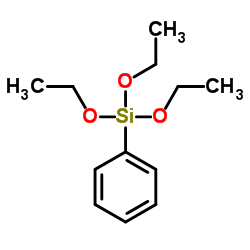
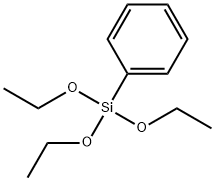
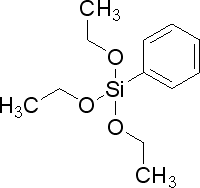
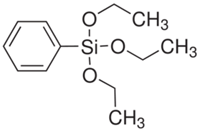

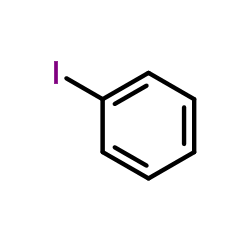
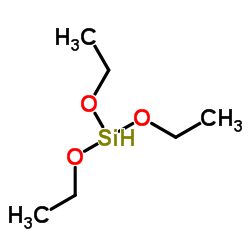
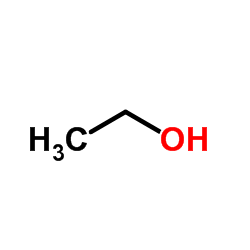
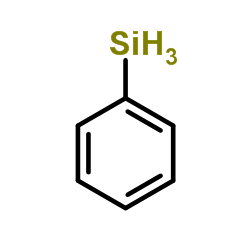
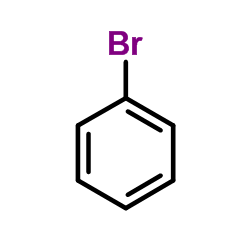
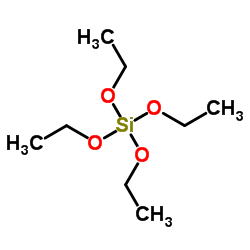
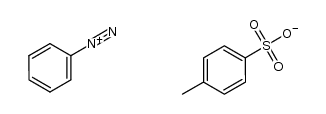

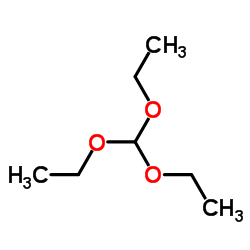
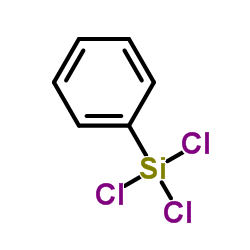
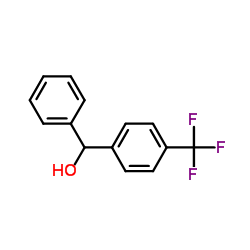
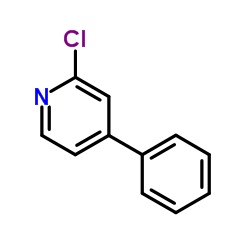
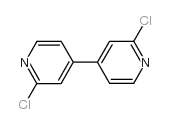
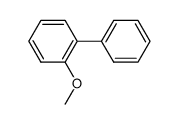

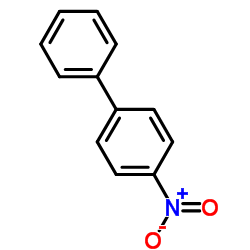
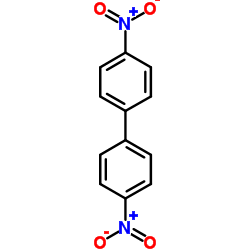
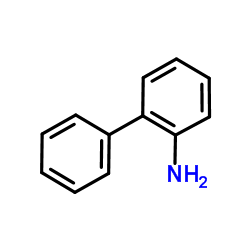
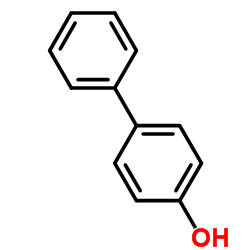
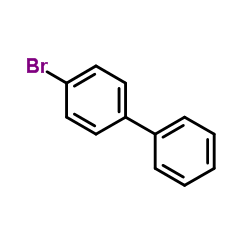





 浙公网安备 33010802013016号
浙公网安备 33010802013016号